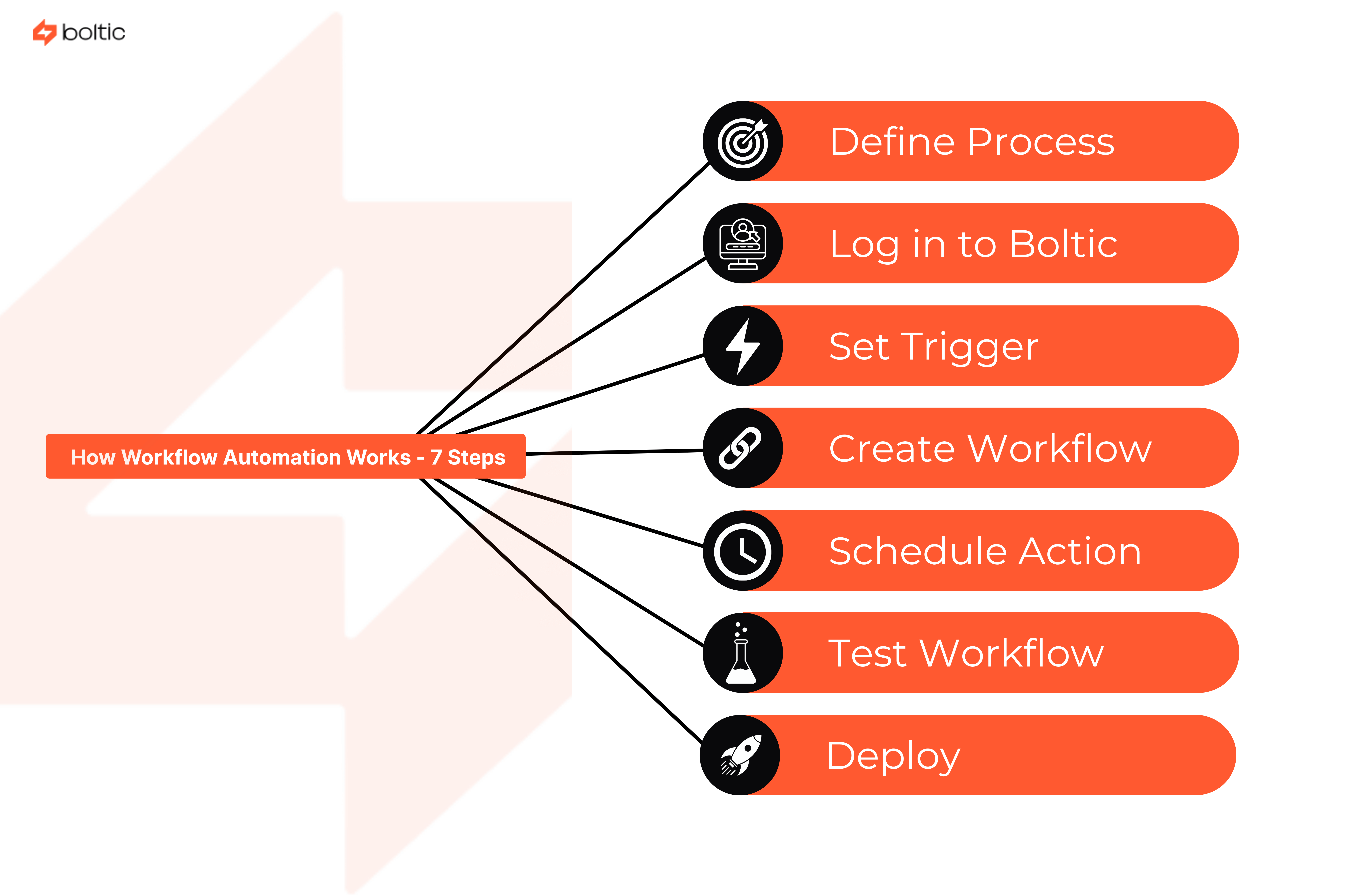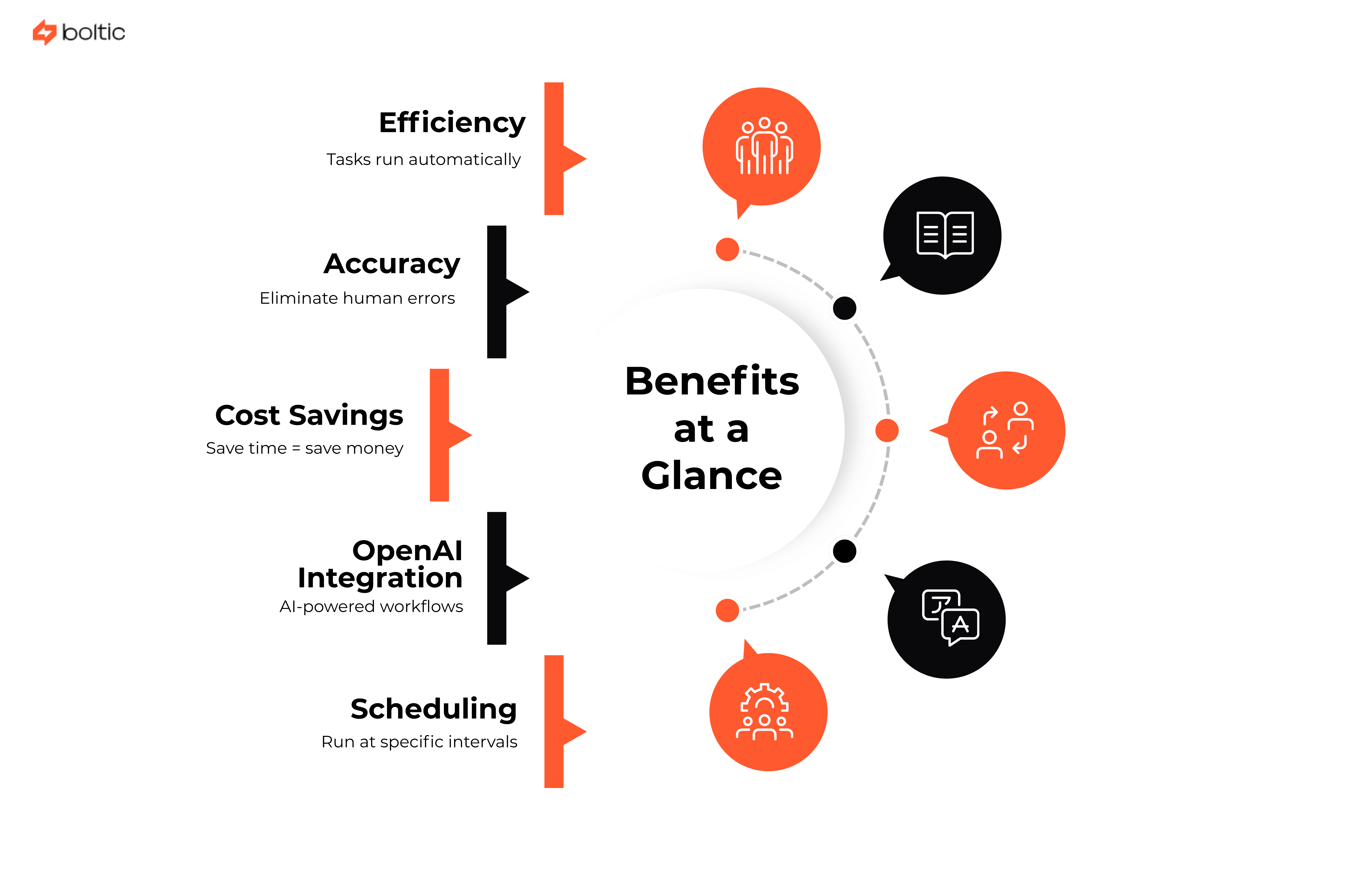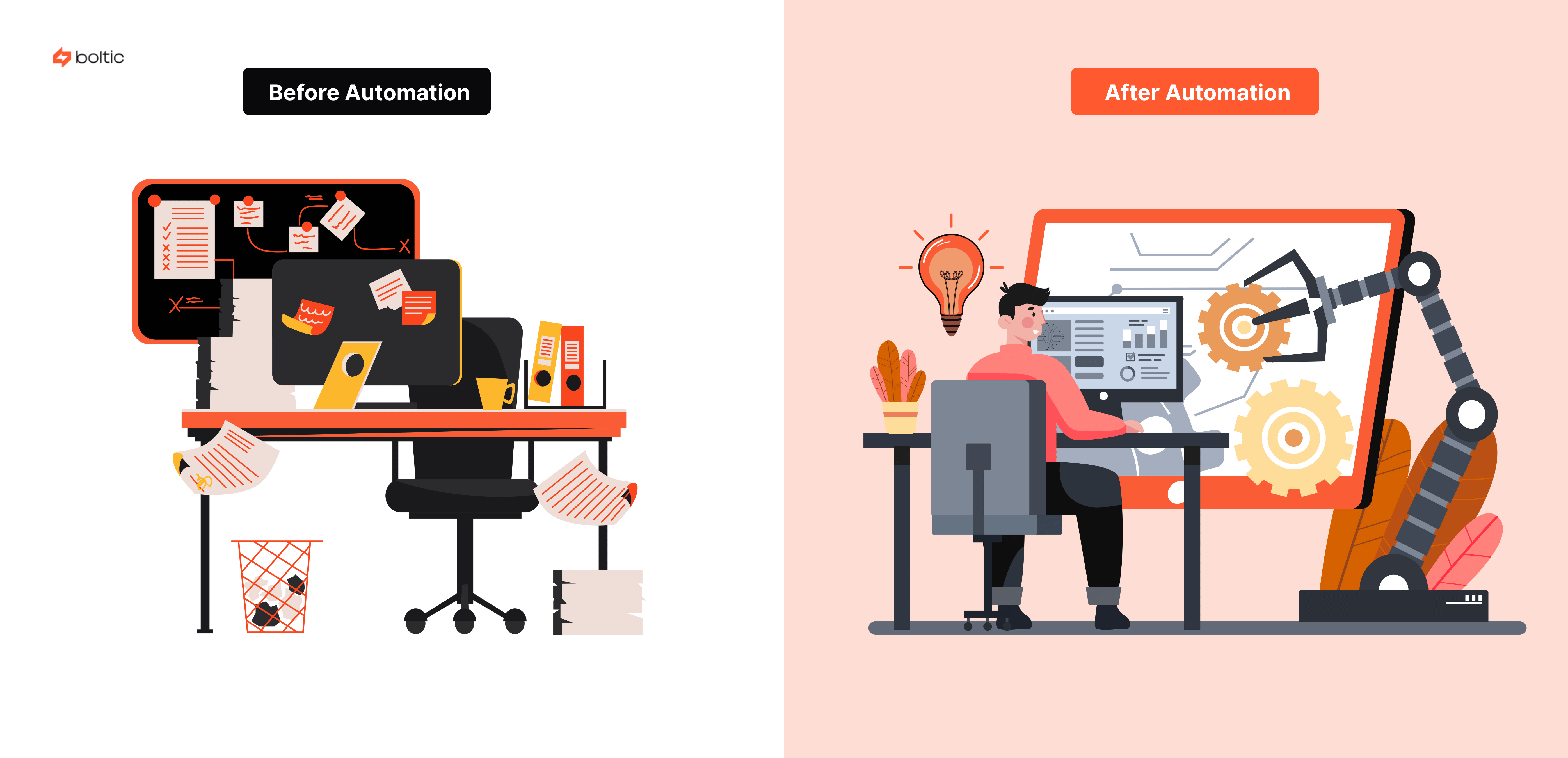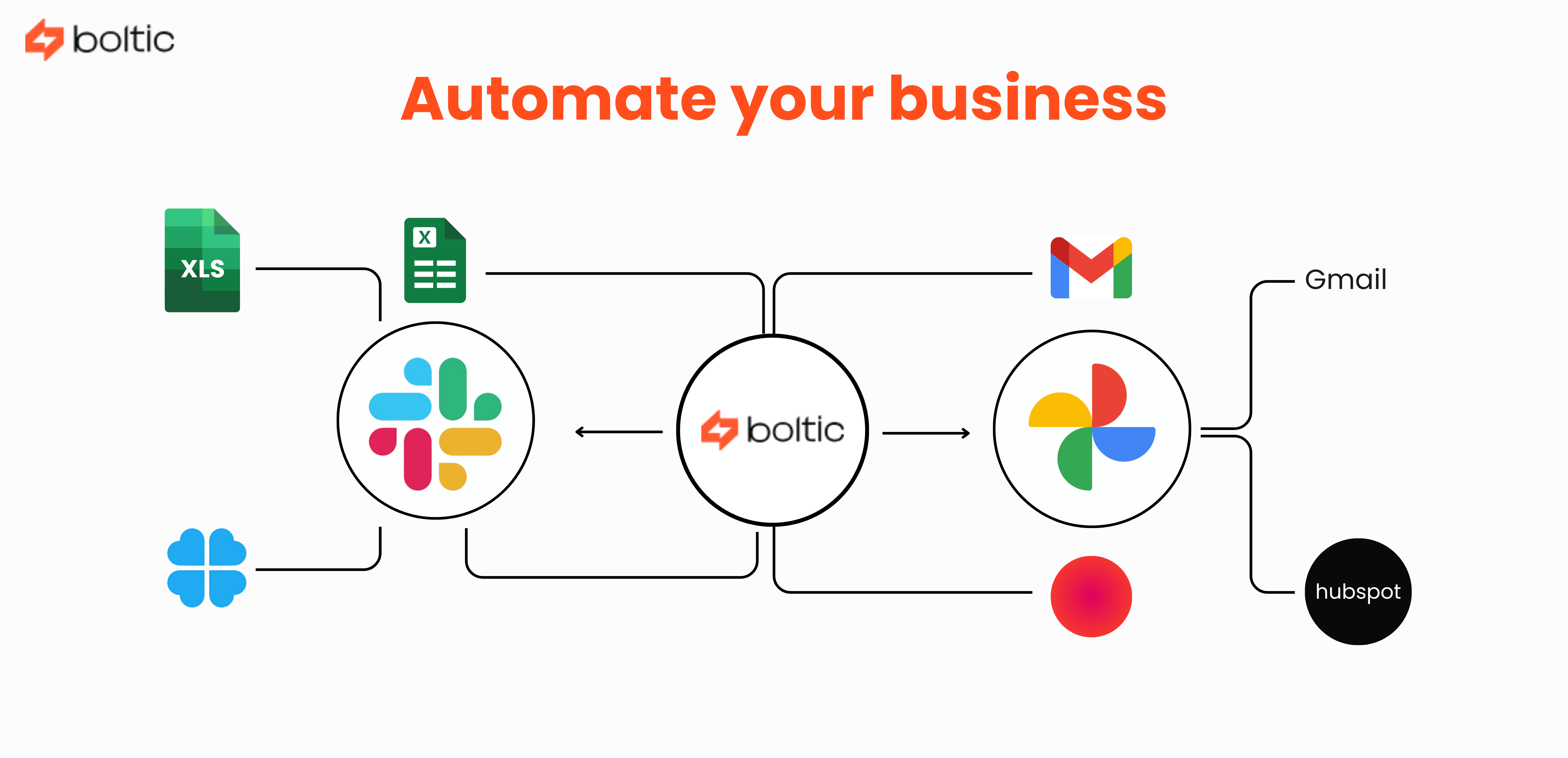What is Workflow Automation and How to Get Started: A Complete Guide for Modern Businesses
Repetitive manual processes consume a significant amount of time and resources, ultimately slowing down business growth. In today’s rapidly evolving AI world, you can automate repetitive manual tasks and processes with the help of workflow automation. Before we begin, it is vital for you to know what is workflow automation, how it works, and how you can set up your first workflow automation in minutes.
What is Workflow Automation?
Workflow automation refers to the use of software to automate a sequence of tasks, data flows, or processes. This helps reduce manual or human intervention and automate tasks. In other words, with workflow automation, you can put your routine, day-to-day work on autopilot mode, ensuring that you focus on critical, high-value tasks. You will be required to use a few rules to set up automated workflows, ensuring that functions occur with consistency and reliability.

How Workflow Automation Works?
Now that you are aware of what workflow automation is, let's understand how it actually works. Workflow automation primarily relies on three things:
- Define your process: Gather information on how tasks flow among the current teams to understand the current workflow. Create triggers (what event starts it), actions (what should happen), decision points, if any, and what is the output of the entire workflow automation
- Log in to Boltic Workflow Builder: Visit Boltic.io and sign up/ log in to access Boltic Workflow Builder
- Set a Trigger: Choose from triggers available in the workflow builder, such as webhook, schedule, tables, or specific apps like Gmail, Slack, etc.
- Create an entire workflow/ Add steps: You will be required to define the next steps after the trigger, for instance: send email, call an API, post a new message to Slack, etc.
- Schedule Action: You can schedule the action if an event does not trigger it.
- Test your Workflow: Run the entire workflow with sample data to check if the output is as per your requirement
- Deploy: Take your workflow live and monitor live usage
Platforms like Boltic feature minimal or no-code builders, which even non-technical users can use to build and optimise their workflows.

Types of Workflow Automations available in 2025
The following are the primary types of workflow automation that Boltic helps you with:
Data Collection & Processing – Automate the flow of data from forms, APIs or spreadsheets into usable tables
Integrations Across Tools – Connect various critical apps like Slack, Gmail, Google Sheets, Hubspot, etc and flow data between them without any manual intervention.
Task & Project Management Automation – Create, update or share tasks in project management tools like Azure DevOps, Jira, Trello, etc.
Marketing & Communication Automation – Create workflow automation for recurring emails, Slack messages, or any notifications based on any events
Chained / Nested Workflows – You can create a chained workflow as well, which enables one workflow to trigger another for a nested or chained automated process.

Benefits of Workflow Automation
Following are some of the critical benefits of workflow automation:
- With OpenAI support, you can integrate OpenAI models and APIs for better user interactions
- With workflow automation, tasks run automatically without any manual intervention, improving efficiency and productivity
- Such automated processes eliminate the risk of any human oversight errors and enhance accuracy and compliance
- As redundant tasks are carried out by the automated processes, teams use their time on tasks which require critical thinking and manual intervention. This improves the overall time to market and saves on cost as well
- Add a custom schedule to your workflow automation to run at specific time intervals and avoid any manual interventions
- Access a library of 250+ ready-to-use workflow automation templates for quick setup and ease for non-technical users

Workflow Automation Best Practices
Following are some of the workflow automation best practices that you can follow to have effective, reliable and scalable automations:
- Start small, scale later: Initiate automation with one workflow at a time to launch a core function process and scale as you learn
- Use standard naming & documentation: Name workflows and draft steps clearly, making it clear for everyone in the team
- Build modular workflows: Break complex and long workflows into smaller and easier workflows
- Monitor and update: Track automation usage, bottlenecks, and evolve based on the data or requirements
- Manage error handling: Optimise your workflow to manage errors and include fallback actions in case a task or an action fails
Maximise Efficiency with Boltic’s Workflow Automation
The Workflow Automation Builder by Boltic helps evolve the way you and your team work on a day-to-day basis. Whether you are a product manager, part of a marketing team, or any other business vertical, Boltic helps you align your process and boost productivity with workflow automation. It is an easy-to-use tool that connects seamlessly with other tools you already use, such as Google Sheets, Slack, and Gmail, and assists you and your team in carrying out day-to-day tasks.
drives valuable insights
Organize your big data operations with a free forever plan
An agentic platform revolutionizing workflow management and automation through AI-driven solutions. It enables seamless tool integration, real-time decision-making, and enhanced productivity
Here’s what we do in the meeting:
- Experience Boltic's features firsthand.
- Learn how to automate your data workflows.
- Get answers to your specific questions.






